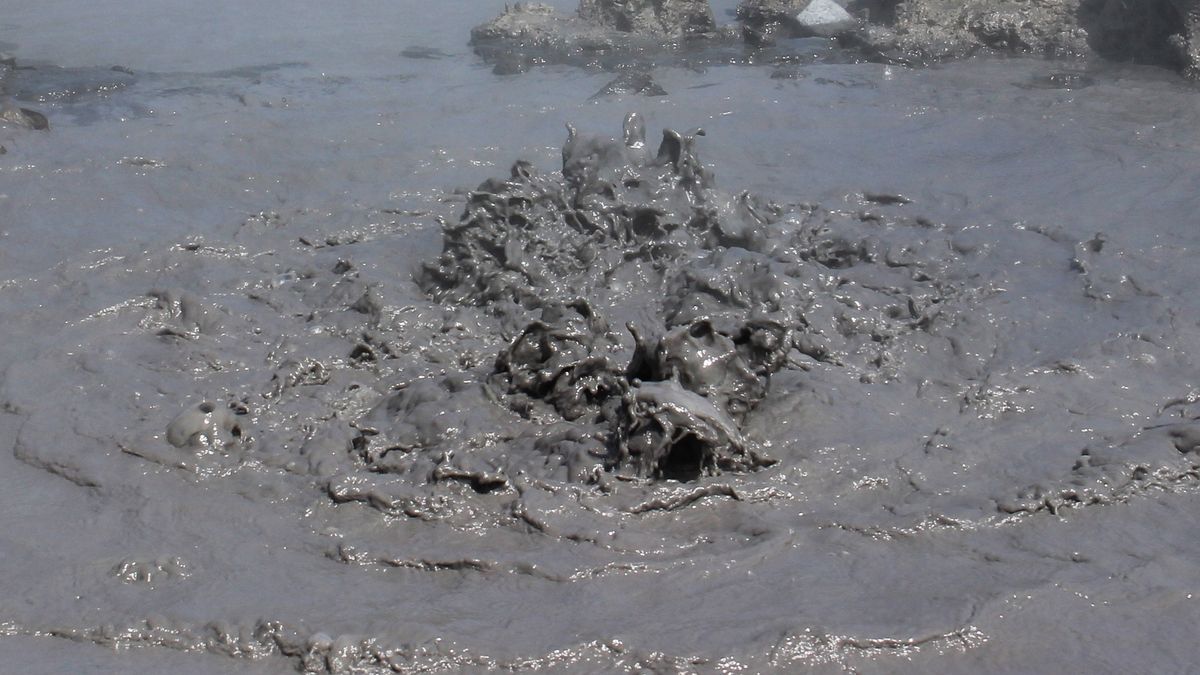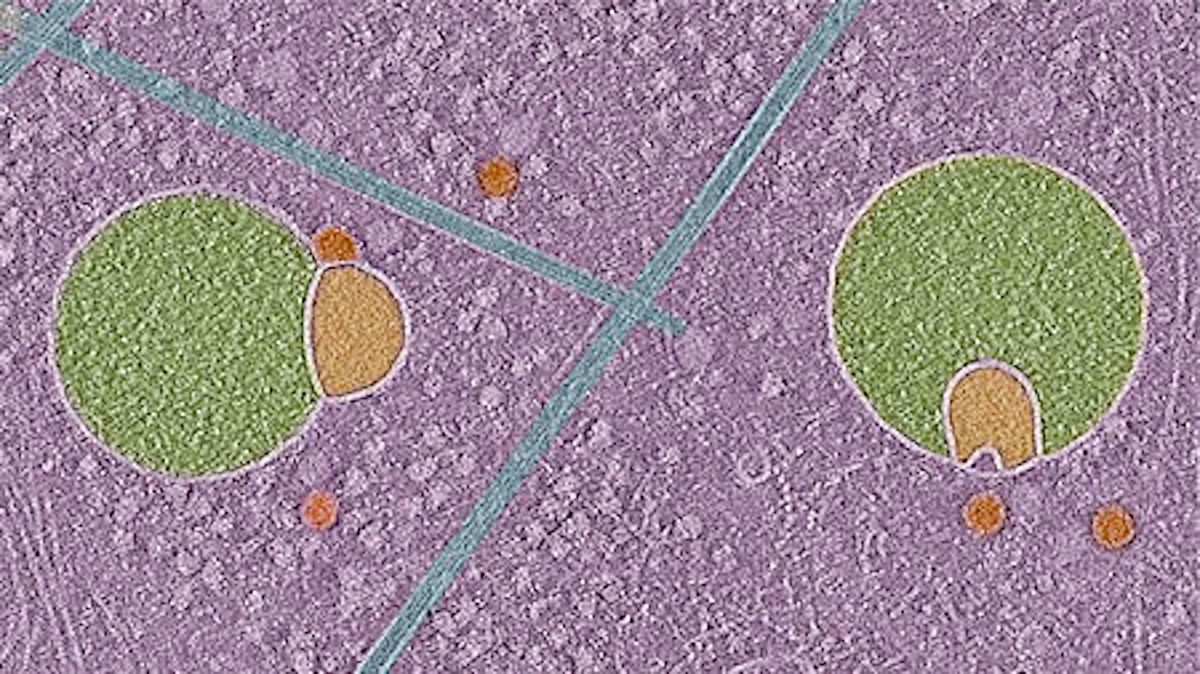Now Reading: Bronze Discs with Lion Heads Unearthed in Roman-Era Grave
-
01
Bronze Discs with Lion Heads Unearthed in Roman-Era Grave
Bronze Discs with Lion Heads Unearthed in Roman-Era Grave

Speedy Summary
- Four unique bronze discs adorned wiht lion head reliefs, estimated to be 1,900 years old, were discovered in a Roman-era grave during a 2018 excavation at Khirbat Ibreika, Israel.
- Teh items were found stacked in a purposeful pile at the southern end of one grave alongside four ring-shaped handles likely attached to the tops of the lion heads.
- Researchers hypothesized that these artifacts served as coffin handles but noted their unusual placement remains puzzling and may suggest symbolic or ritual significance.
- Other grave findings included eight stone-lined graves dating back to the first or second century A.D., along with an iron nail and traces of wood from a deteriorated coffin.
- Lions were significant symbols in antiquity representing strength,nobility,guardianship,and protection in greco-Roman traditions; similar motifs are linked to status and cosmological symbolism like cycles of life associated with Aion.
Indian Opinion Analysis
This finding at Khirbat Ibreika highlights the intricate craftsmanship and cultural symbology prevalent during the Roman era while adding depth to archaeological understanding worldwide. From India’s perspective as a historically rich civilization steeped in its own artistic relics mirroring cosmological beliefs (e.g., zodiac influence), such cross-cultural insights foster comparative studies into ancient societal practices across regions like Rome and India-with both civilizations adopting animal motifs (e.g., lions) for spiritual significance.India’s scholars may consider how interpretations of power dynamics or ritualistic symbolism between cultures can influence wider academic dialogues on heritage preservation methods for uncovering human history.

























